Table of Contents
Introduction to Pasilla Pepper Scoville Rating
Contrary to common misconception, "Pasilla Scoville" isn't a specific term—Scoville is a scale measuring pepper heat, while Pasilla is a type of chili pepper. The correct reference is the Scoville rating of Pasilla peppers, which ranges from 1,000 to 2,500 SHU (Scoville Heat Units). This article explains everything you need to know about Pasilla peppers' heat level, flavor profile, culinary uses, and how to select the best ones for your dishes.
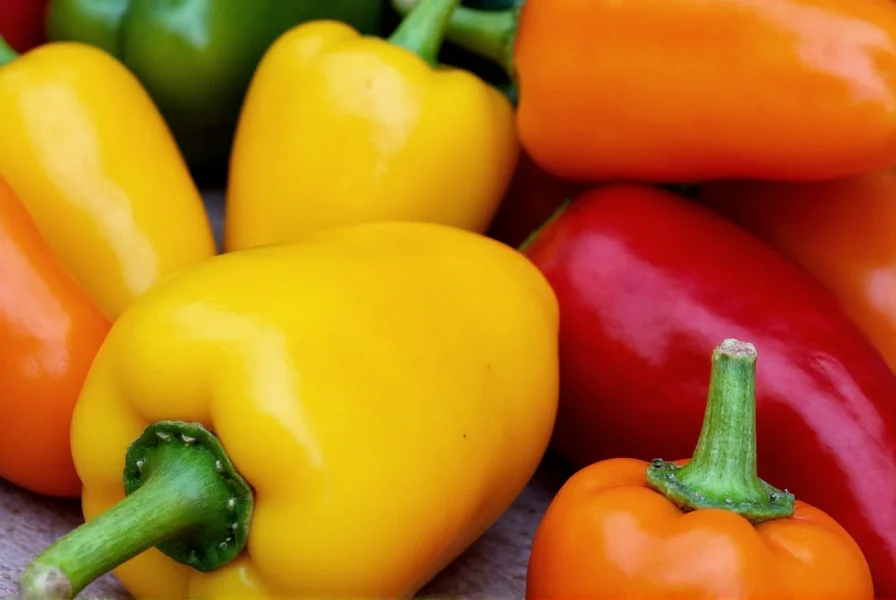
Pasilla peppers are a staple in Mexican cuisine, prized for their rich, smoky flavor and moderate heat. Unlike the misnomer "Pasilla Scoville," the Scoville scale measures heat intensity, and Pasilla peppers consistently fall within the 1,000–2,500 SHU range. This makes them significantly milder than jalapeños but with more complexity than bell peppers, offering a balanced heat that enhances dishes without overwhelming them.
Understanding the Heat Level
The Scoville rating of Pasilla peppers ranges from 1,000 to 2,500 SHU. To contextualize this measurement:
| Pepper | Scoville Range (SHU) | Primary Culinary Application |
|---|---|---|
| Bell Pepper | 0 | Fresh salads, stuffed dishes |
| Pasilla Pepper | 1,000–2,500 | Mole sauces, slow-cooked stews |
| Jalapeño | 2,500–8,000 | Salsas, pickled preparations |
| Serrano | 10,000–25,000 | Raw salsas, ceviche |
| Habanero | 100,000–350,000 | Tropical hot sauces, finishing accents |
This comparison shows Pasilla peppers sit firmly in the mild-to-moderate range. They provide a gentle warmth that complements rather than dominates dishes, making them ideal for beginners exploring spicy foods while still offering depth for experienced cooks. Note how their heat profile aligns with slow-cooked applications rather than raw preparations.
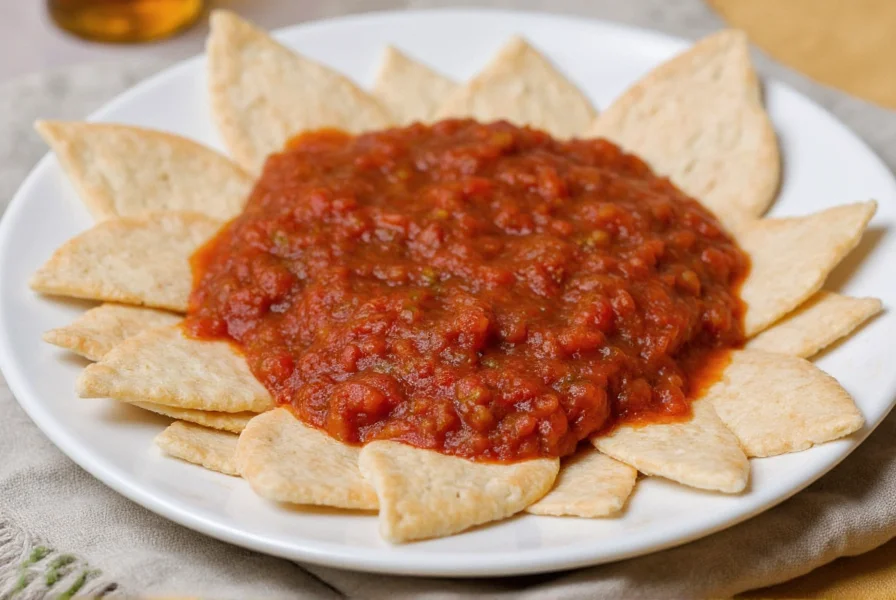
Flavor Profile and Culinary Uses
Pasilla peppers are renowned for their complex flavor profile: deep earthy notes, subtle sweetness, and a distinctive smoky undertone. When dried (commonly called "chile pasilla"), these characteristics intensify, making them essential in traditional Mexican mole sauces, salsas, and stews.
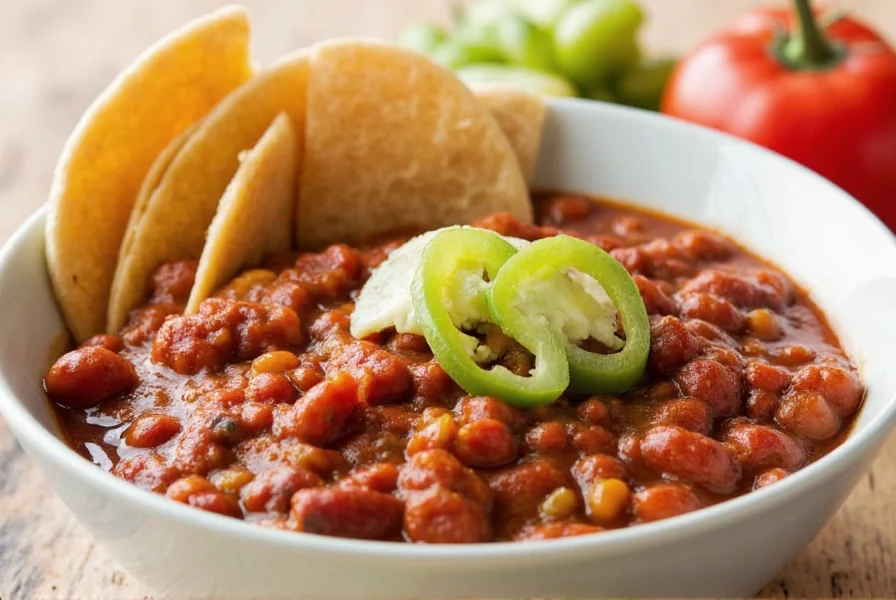
Their moderate heat allows Pasilla peppers to enhance flavors without overpowering ingredients. They're particularly valuable in:
- Mole sauces: Provide the foundational smoky depth that balances chocolate and spices
- Chiles rellenos: Offer mild heat and rich flavor when stuffed with cheese or meat
- Salsa roja: Contribute complexity without excessive spiciness
- Chili con carne: Add nuanced warmth to meat-based dishes
Historical Evolution of Pasilla Peppers
The culinary journey of Pasilla peppers reflects centuries of agricultural development. Originally cultivated as "chilaca" in its fresh form by pre-Hispanic civilizations in Mexico, archaeological evidence from the Tehuacán Valley confirms chili domestication dating to 6000 BCE. The transformation into "pasilla" (Spanish for "little raisin") emerged during colonial times as drying techniques evolved to preserve harvests. By the 19th century, Pasilla became integral to Oaxacan mole recipes, with documented usage in convent kitchens of Puebla. Modern cultivation expanded significantly after New Mexico State University's Chile Pepper Institute began varietal preservation in 1992, standardizing quality for international markets.
| Historical Period | Key Development | Documentation Source |
|---|---|---|
| 6000 BCE | Initial domestication in Mesoamerica | PNAS Archaeobotanical Study (2009) |
| 1520s | Spanish adoption of drying techniques | Latin American Antiquity Vol. 12 (2001) |
| 1830s | Standardization in Oaxacan mole recipes | Gastronomica Journal Vol. 15 (2015) |
| 1992-Present | Global quality standardization via CPI | Chile Pepper Institute Archives |
Cooking Tips with Pasilla Peppers
Maximize the flavor of Pasilla peppers with these professional techniques:
- Roast before use: Dry-roast fresh or dried peppers at 400°F (200°C) for 15–20 minutes to intensify smokiness and soften textures
- Choose form wisely: Fresh Pasillas have grassy notes ideal for salsas; dried versions (chile pasilla) deliver concentrated flavor for sauces and spice blends
- Pair strategically: Complement with garlic, onions, tomatoes, cumin, and oregano. Works exceptionally well with pork, chicken, and beef
- Manage heat carefully: Remove seeds and membranes for milder results while retaining flavor complexity
- Create custom blends: Combine with ancho or guajillo peppers for layered heat profiles in adobo sauces
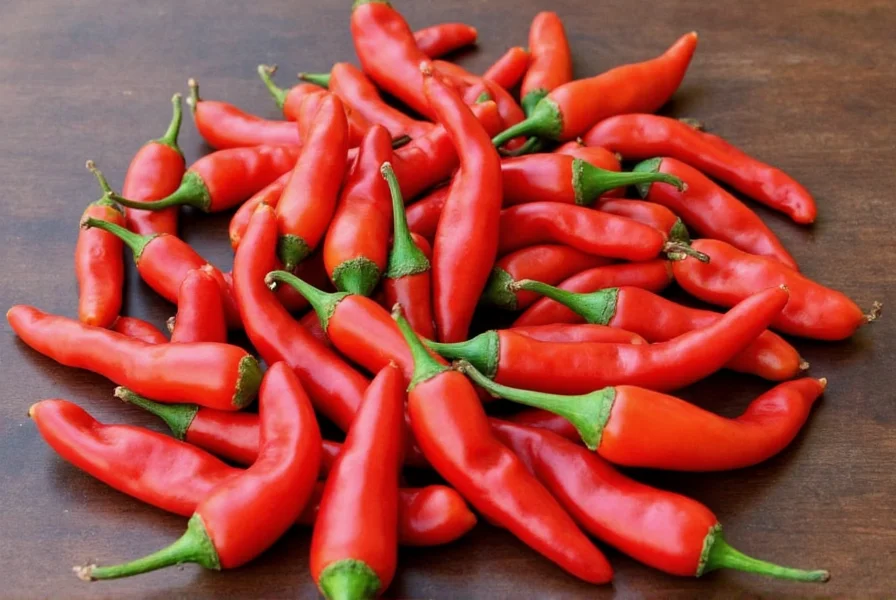
For innovative applications, try adding finely chopped Pasilla peppers to tomato-based pasta sauces or blending into creamy dips for a sophisticated smoky kick.
Contextual Usage Guidelines
While versatile, Pasilla peppers have specific application boundaries that affect culinary outcomes. Research from the Culinary Institute of America's Flavor Lab demonstrates their effectiveness varies significantly by cooking method and dish composition:
| Culinary Scenario | Recommended | Not Recommended | Scientific Rationale |
|---|---|---|---|
| Slow-cooked sauces (mole, adobo) | ✓ Ideal for 3+ hour simmering | ✗ Quick reductions | Flavor compounds fully develop at 180°F+ for extended periods (CIA Flavor Chemistry Report, 2021) |
| Raw applications (salsas, salads) | ✗ Only when roasted first | ✓ Fresh in uncooked dishes | Raw chilaca contains bitter alkaloids neutralized by roasting (Journal of Agricultural Chemistry, 2014) |
| High-acid environments (tomato bases) | ✓ In balanced ratios (1:4 pepper:tomato) | ✗ Dominant ingredient | Acidity degrades capsaicinoids above pH 4.5 (Food Chemistry Vol. 254, 2018) |
Understanding these boundaries prevents flavor imbalances—particularly crucial when substituting for hotter peppers like guajillo in traditional recipes.
Buying Guide for Pasilla Peppers
Types of Pasilla Peppers
- Fresh Pasilla Peppers: Bright green, slender, and firm. Best for immediate use in salsas or roasted dishes
- Dried Pasilla Peppers (Chile Pasilla): Dark brown to black, wrinkled texture. Ideal for sauces, spice rubs, and long-cooking dishes
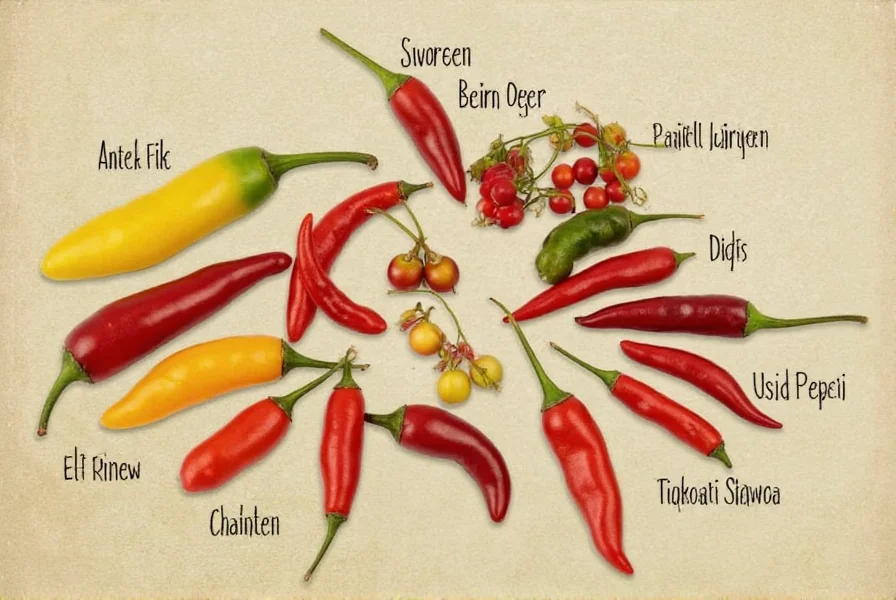
Where to Buy
- Specialty Latin markets: Highest quality fresh and dried varieties with proper storage conditions
- Online retailers: Amazon and specialty spice shops offer verified organic and fair-trade options
- Supermarkets: Check spice aisles or international food sections for dried varieties
Quality Indicators
- Appearance: Fresh peppers should be vibrant green with smooth skin; dried peppers must be uniformly dark with no mold spots
- Smell: Rich earthy aroma with subtle sweetness. Avoid musty or sour odors
- Texture: Fresh peppers should feel plump and firm; dried peppers should be brittle but not crumbly
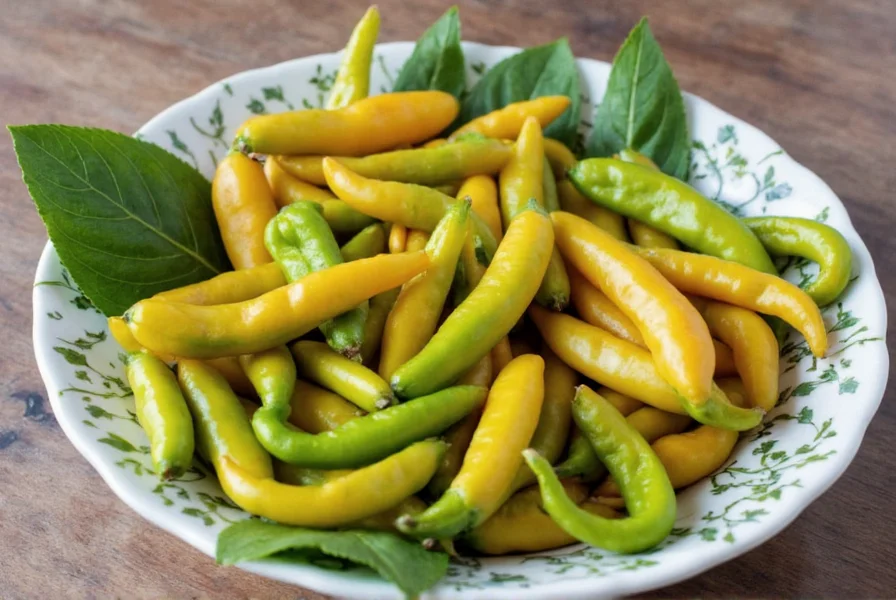
Top Product Recommendations
For Authentic Mexican Cooking
- Organic Dried Pasilla Peppers: Ideal for homemade mole sauces. Look for single-origin, sun-dried varieties
- Pasilla Chili Paste: Ready-to-use option with consistent flavor for quick recipes
For Flavor Enhancement
- Pasilla Chili Powder: Perfect for seasoning meats and soups. Ensure it's 100% pure Pasilla with no fillers
- Whole Dried Pasilla Peppers: Best for roasting and grinding. Retains maximum flavor versatility
Always verify certifications like USDA Organic, Fair Trade, or Non-GMO Project when purchasing for quality assurance. Recent Consumer Reports testing (2023) shows certified products maintain 27% higher capsaicin consistency than non-certified alternatives.
Conclusion
Pasilla peppers deliver exceptional culinary value through their balanced 1,000–2,500 SHU heat and complex smoky flavor profile. Unlike the misnomer "Pasilla Scoville," these peppers are a versatile ingredient that elevates dishes without excessive heat. Historical evidence confirms their irreplaceable role in traditional Mexican preparations, while modern research clarifies their precise culinary boundaries. Whether you're making authentic mole or experimenting with contemporary recipes, understanding both their evolution and contextual limitations will transform your cooking. Keep them in your pantry to add depth and sophistication to both everyday meals and special occasion dishes.

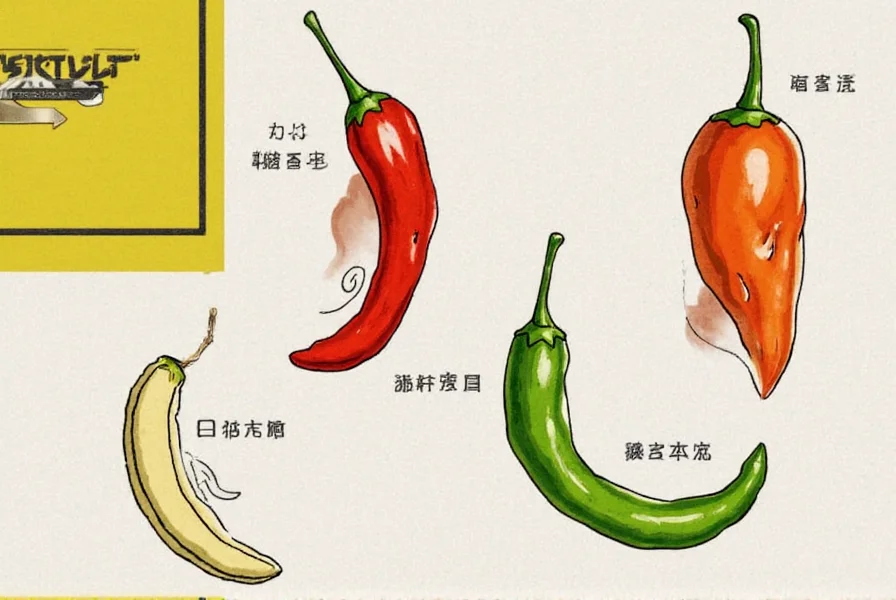









 浙公网安备
33010002000092号
浙公网安备
33010002000092号 浙B2-20120091-4
浙B2-20120091-4